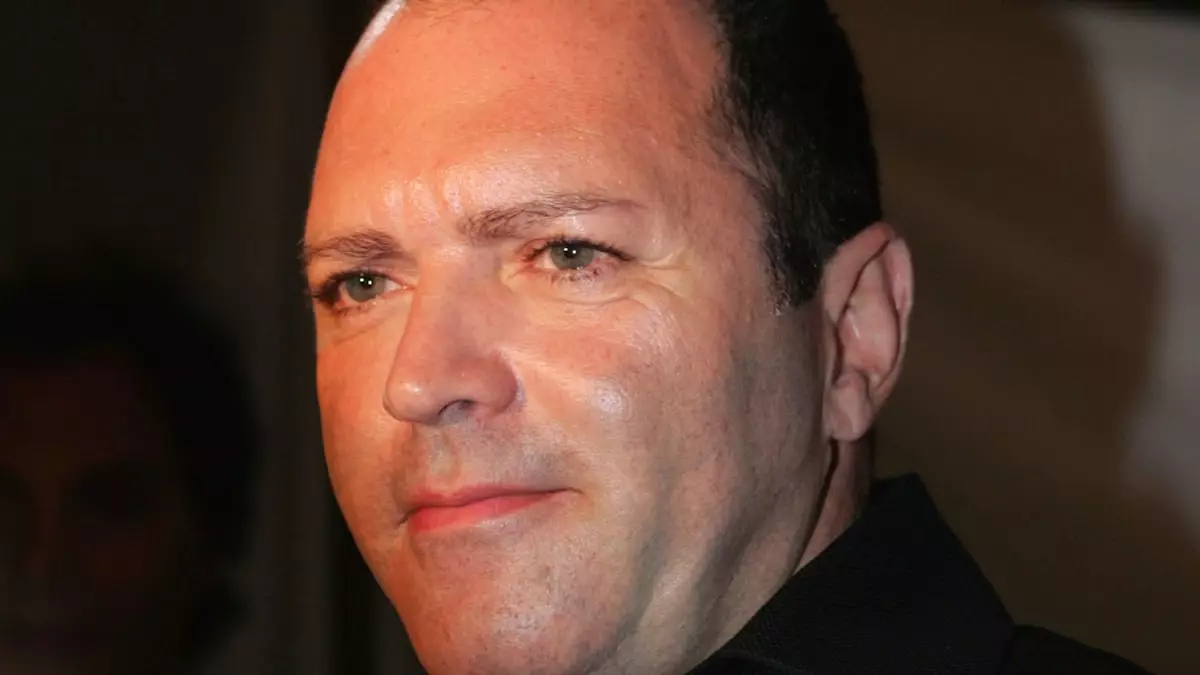The music and entertainment industry has witnessed a plethora of talents, yet few have occupied the unique intersection of family and celebrity quite like Christopher Ciccone, the younger brother of Madonna. Born into a Michigan household that fostered artistic aspirations, Christopher carved out a distinct niche for himself in design, art, and directing—often overshadowed by the immense spotlight on his sister. His recent passing at the age of 63 marks the end of a life richly woven into the fabric of pop culture, particularly through his collaboration with one of its most iconic figures. Despite their close professional relationship, the story of Christopher’s life is as intricate as the creations he produced.
In the early years, Christopher’s contributions to Madonna’s career were vital. Initially starting as her personal assistant, he quickly advanced to roles like stylist and artistic director for her world tours. His innovative vision played an essential part in crafting the aesthetic that defined the Queen of Pop during her formative years. From the eye-catching designs of the “Blond Ambition” tour to the theatricality of “The Girlie Show,” it is undeniable that Christopher’s artistic influence helped shape Madonna’s iconic public persona.
However, the dynamic between the siblings was far from harmonious. The intense pressures of fame began to fracture their relationship, and Christopher candidly illuminated these tensions in his 2008 memoir, *Life with My Sister Madonna*. This book shifted the narrative from a tale of familial support to one laden with conflict, revealing the complexities that come with intertwining personal and professional lives. In sharing his story, Christopher opened a window into the dualities of love and resentment, support and abandonment, that defined their relationship.
Christopher’s memoir was not simply an exposé; it was an emotional chronicle that echoed the struggles faced by many families in the public eye. His portrayal of Madonna revealed a woman whose drive and ambition often eclipsed her familial relationships. He made it clear that his greatest grievance was how Madonna’s partnership with her then-husband, Guy Ritchie, had altered their bond. Their relationship, which was once grounded in mutual support and understanding, became strained as Ritchie emerged as Madonna’s primary confidant.
In sharing intimate revelations—like his feeling of being sidelined and his characterization of Madonna’s image as carefully constructed—Christopher’s writing served as a reminder of the complexity of familial love, especially under the spotlight of fame. He was not merely airing grievances; he was illustrating the chasm that can widen between two individuals sharing the same blood but living in profoundly different worlds.
The fallout from the memoir impacted not just their professional collaboration but also their personal bond. The estrangement that followed was palpable, with Madonna distancing herself from Christopher after his candid revelations. Perhaps what makes their story compelling is the cyclical nature of conflict and reconciliation; time, as it often does, provided space for healing.
By 2012, Christopher hinted at a reconciliation, stating in an interview that their relationship had improved. The nuances of this reclamation reflect the complexities inherent in sibling dynamics, especially when entangled with fame. It shows us that love, though tested, can endure. “We’re back to being a brother and sister,” he shared, demonstrating the resilience of familial bonds, even when fractured.
In his later years, Christopher sought to step out of the shadow cast by his sister, embracing a quieter, more private life. He married British hairdresser Ray Thacker in 2016, a commitment that indicated a fresh chapter of personal happiness away from the glitz and glamor. Despite facing significant challenges, including battling addiction—an ordeal so often exacerbated by fame—Christopher found solace in love and creativity.
His passing, coming on the heels of the family’s loss of their stepmother, Joan Clare Ciccone, adds a layer of tragedy to an already somber narrative. The grief of losing a loved one is further complicated by the public’s fascination with the Ciccone family dynamics, resonating with those who have often scrutinized the evolving relationship between the siblings.
Christopher Ciccone’s life was a rich tapestry of creativity, familial ties, and the tumultuous realities of fame. As we remember him, it becomes crucial not just to reflect on his contributions to the world of design and performance but also to honor the complexities that defined his relationship with Madonna. The tapestry of their lives, interwoven with threads of love, conflict, and eventual reconciliation, serves as a stark reminder that even the most iconic figures are deeply human. In navigating the landscape of sibling relationships amid the pressures of fame, Christopher’s legacy becomes one of both artistic brilliance and poignant familial complexity—a narrative that will continue to resonate with those who dare to dissect the layers of love and ambition.

